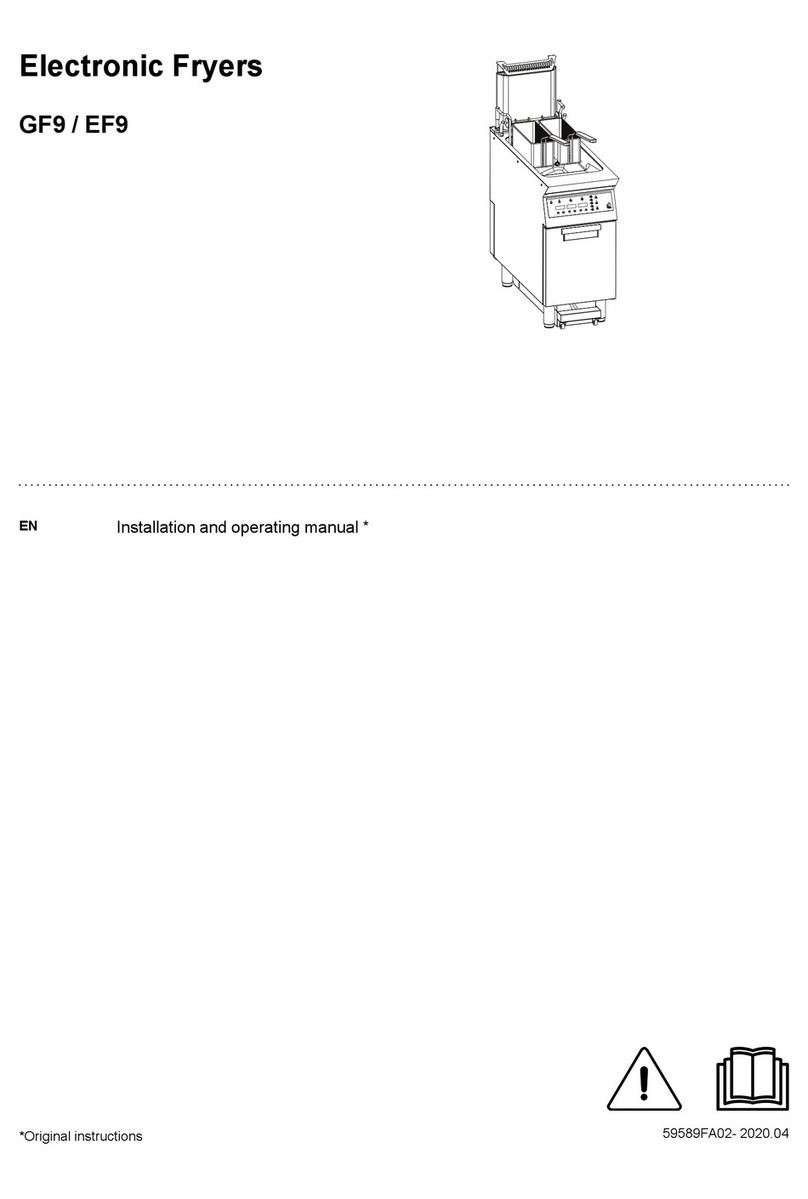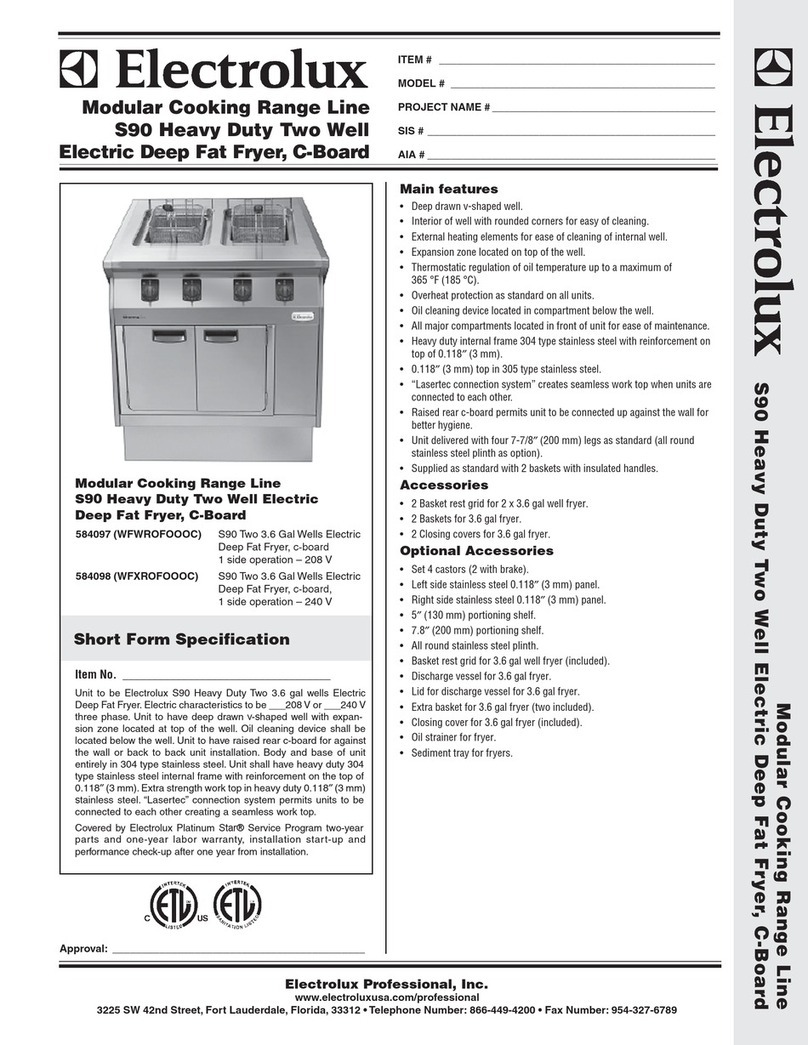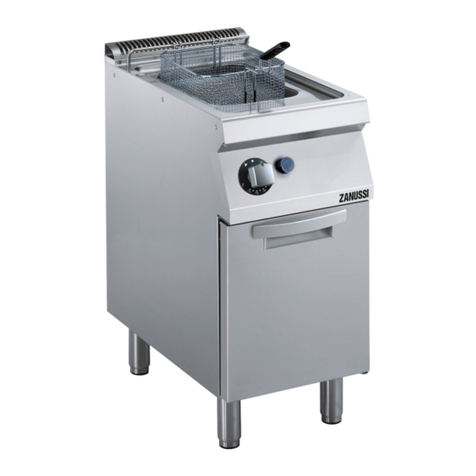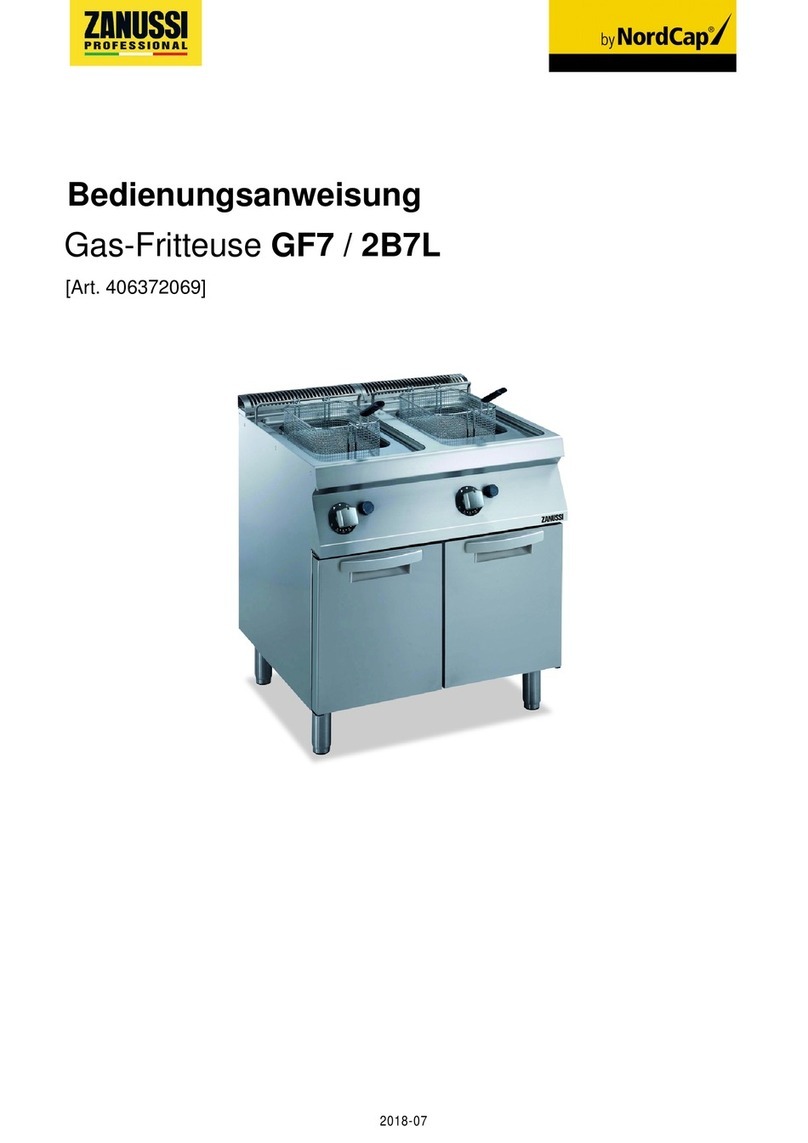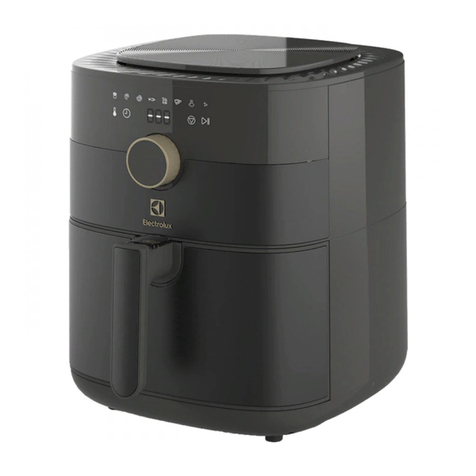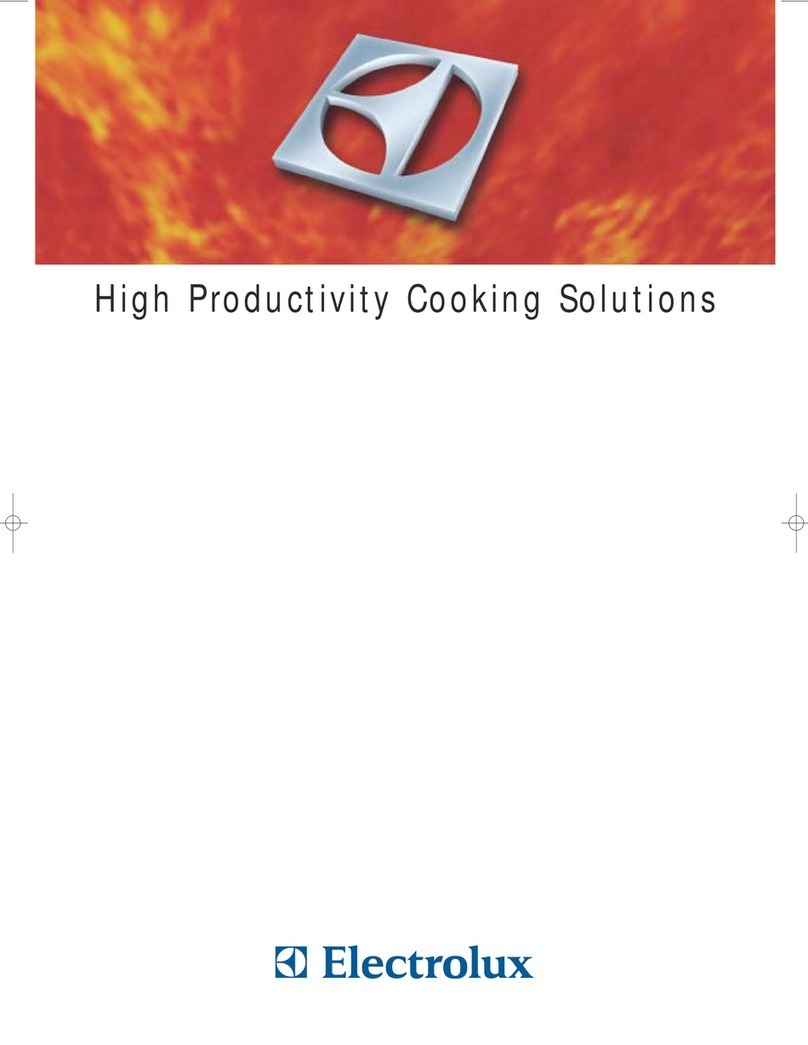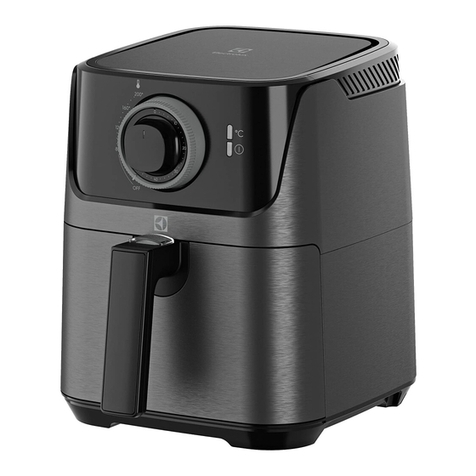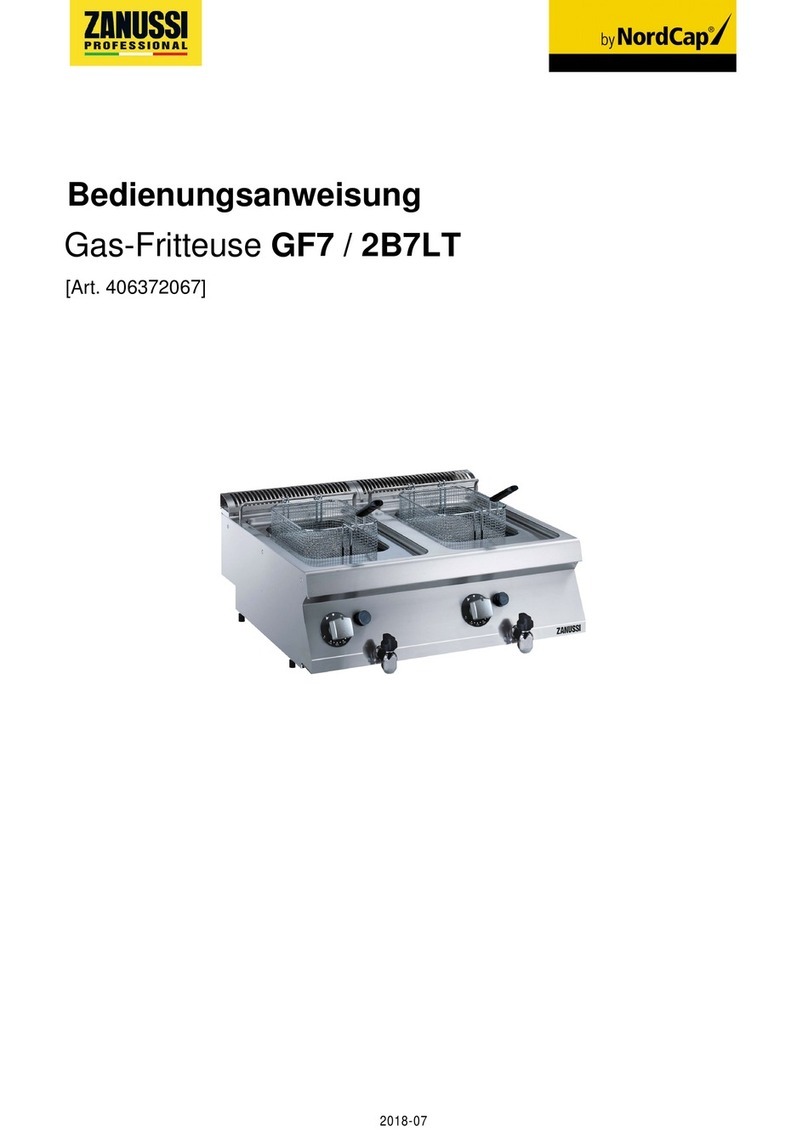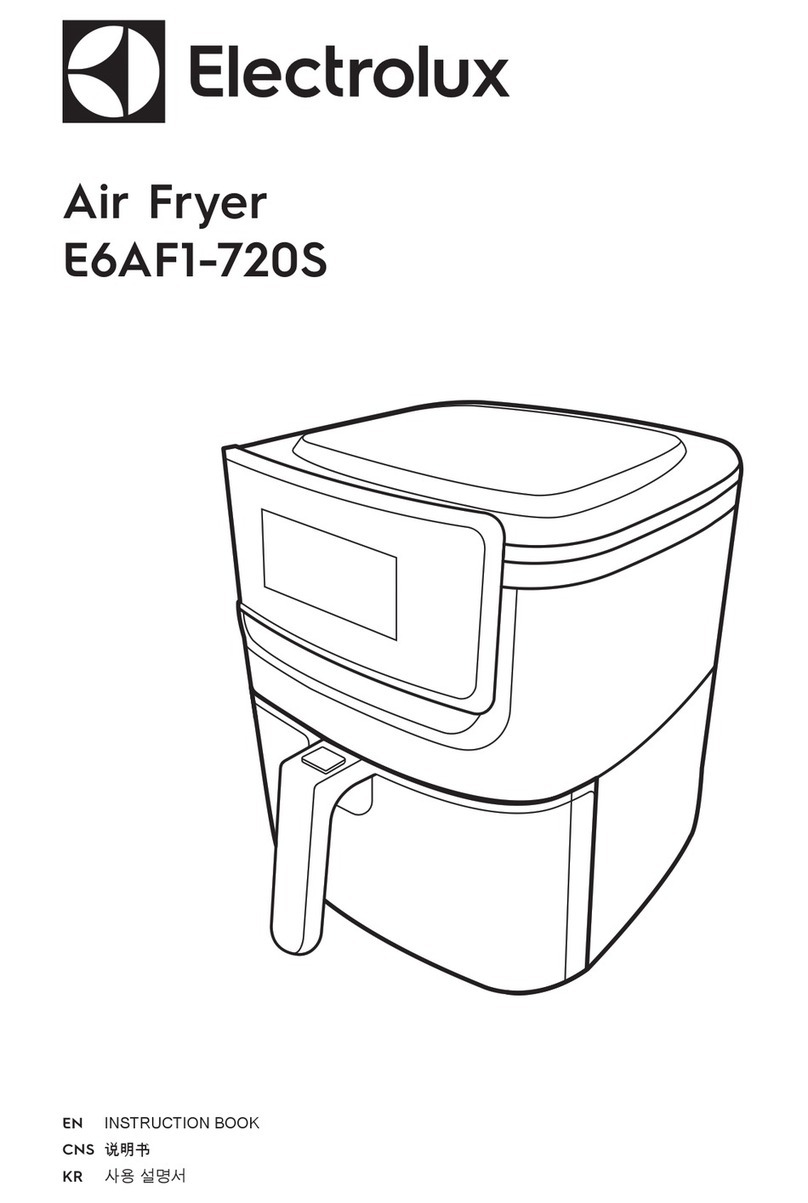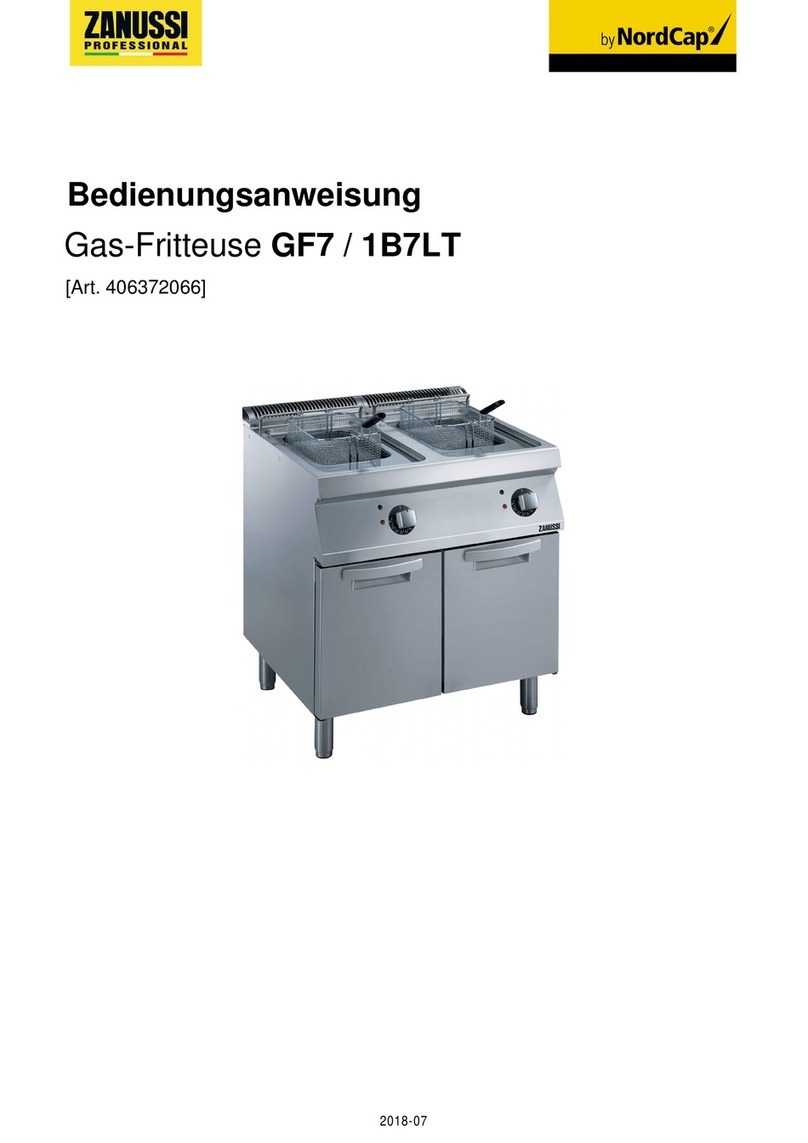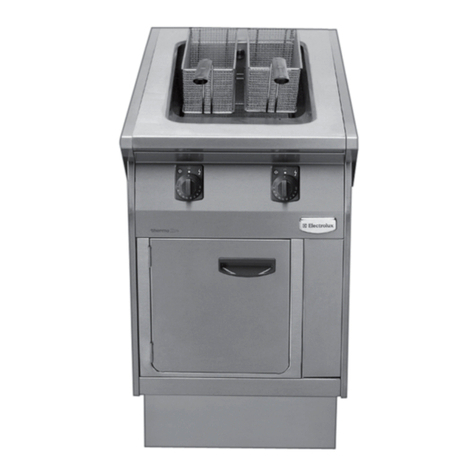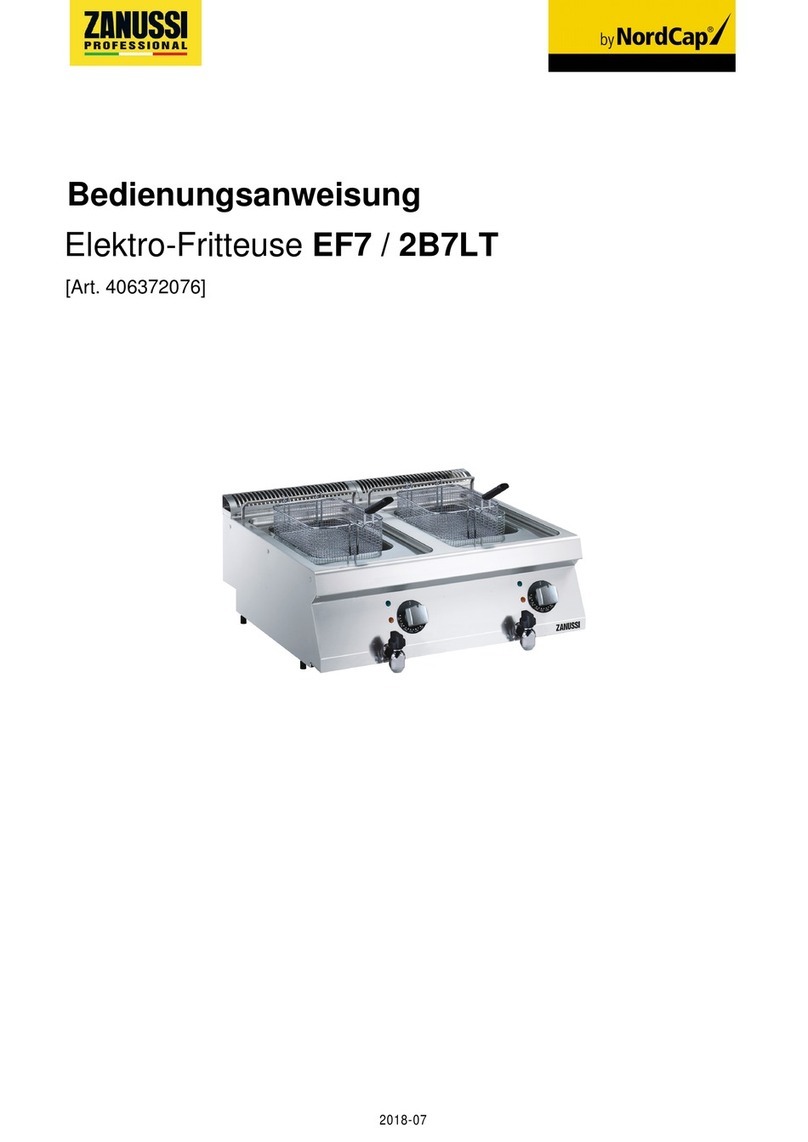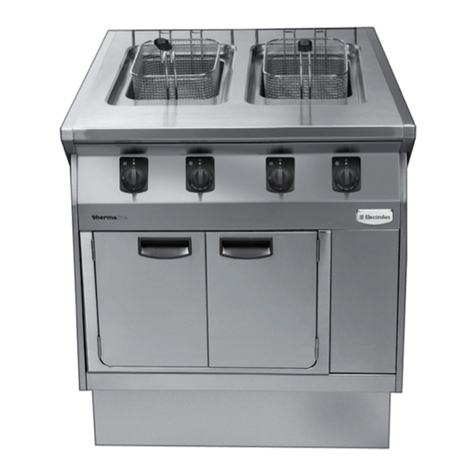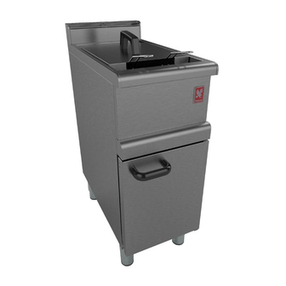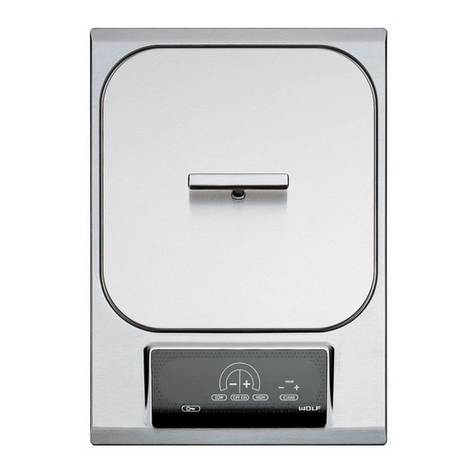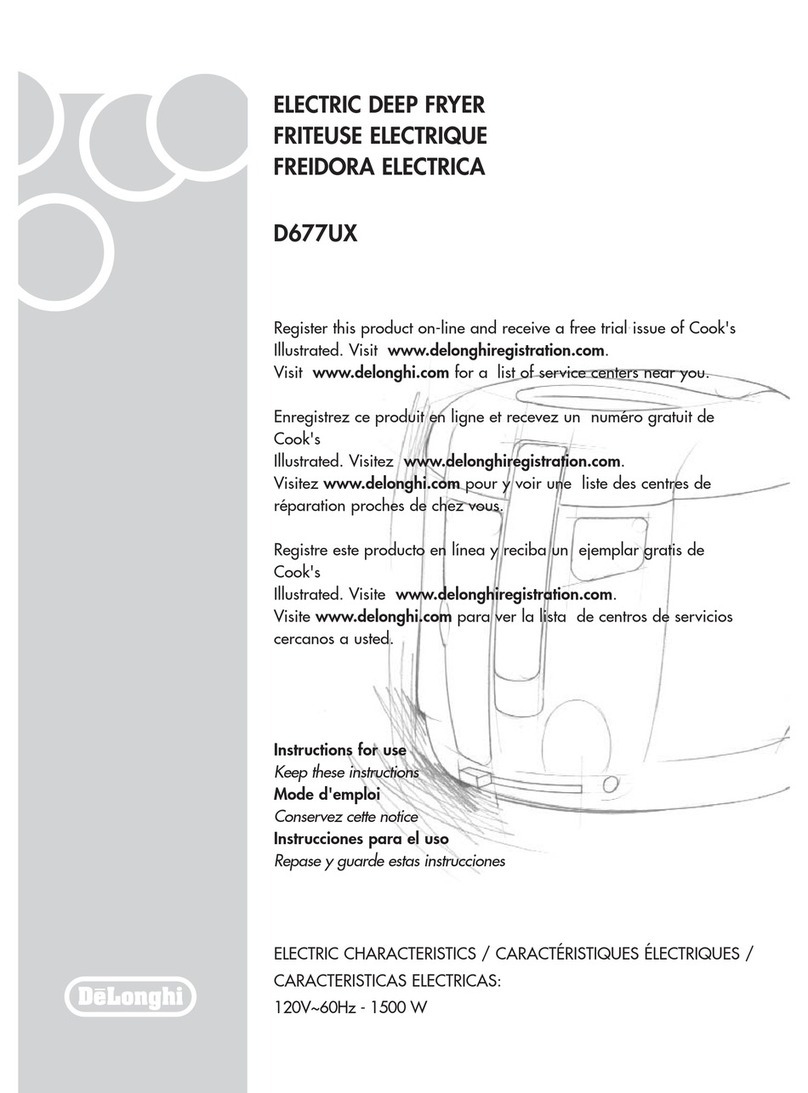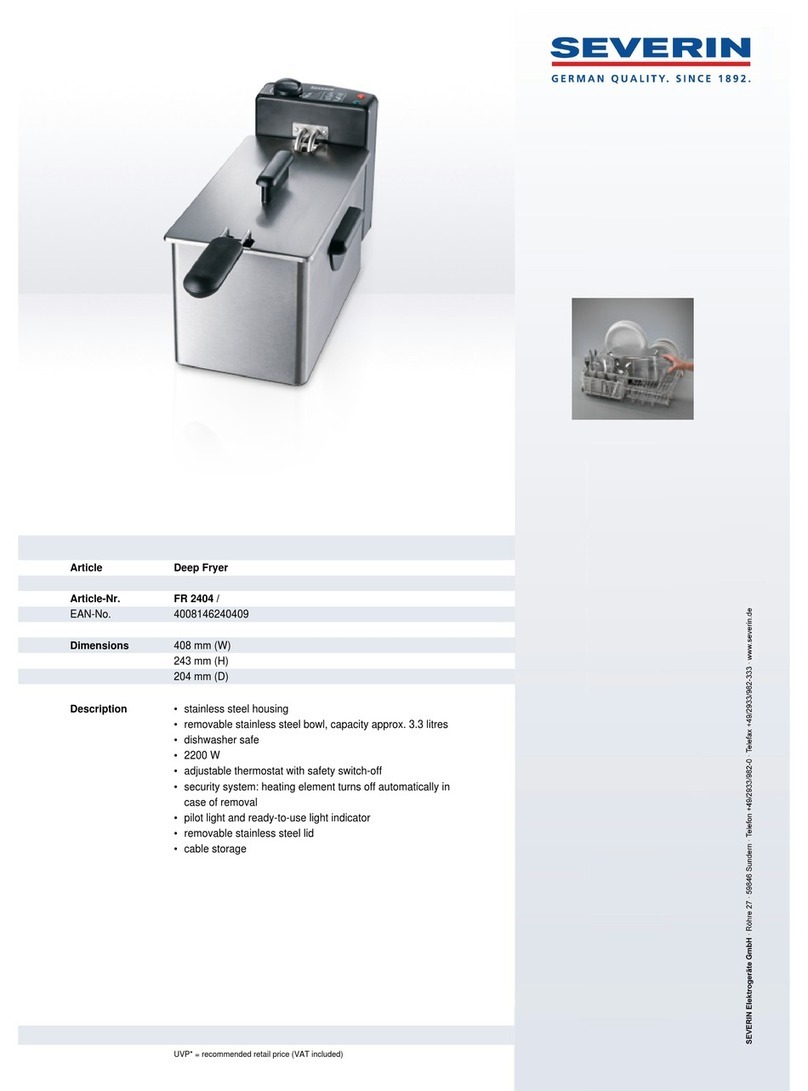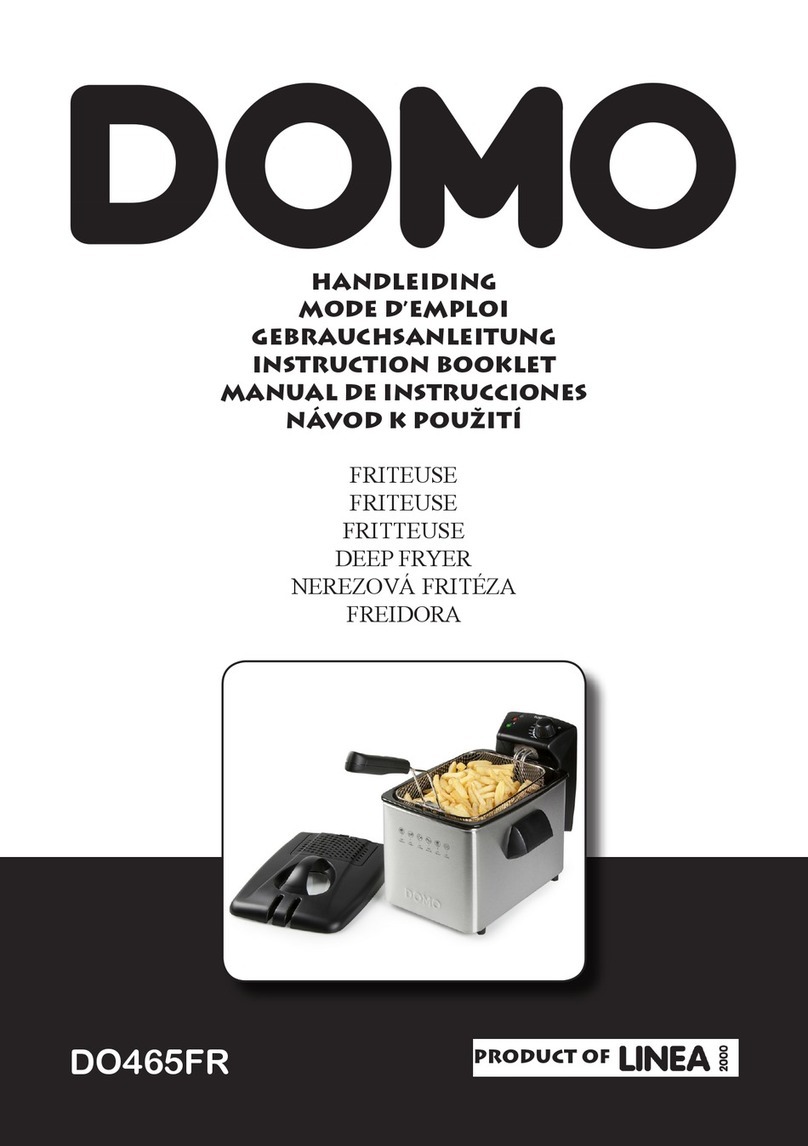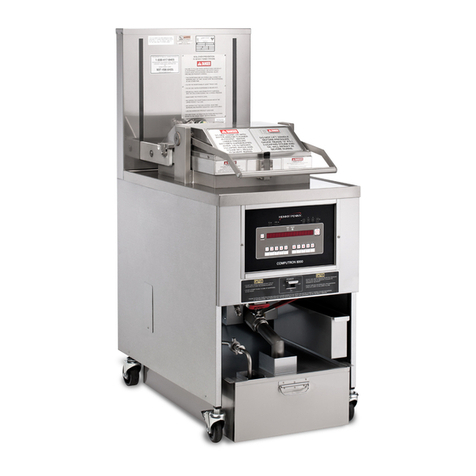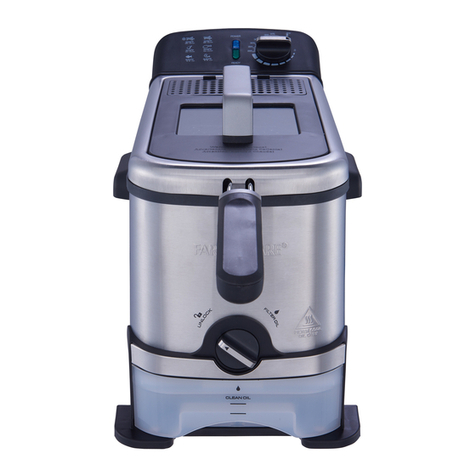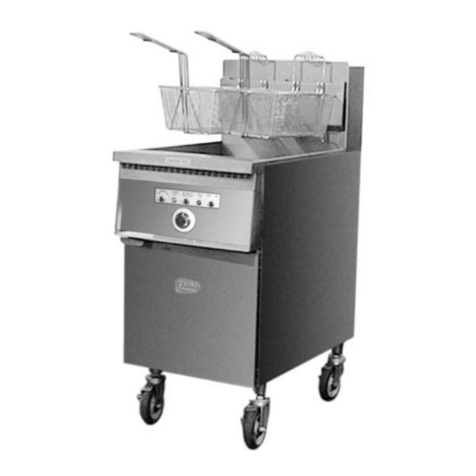
3
CCoonntteennttss
A WARNING AND SAFETY INFORMATION ..................................................................................................5
A.1 General information ......................................................................................................................5
A.2 Personal protection equipment ........................................................................................................6
A.3 General safety .............................................................................................................................6
A.4 General safety rules......................................................................................................................7
A.5 Transport, handling and storage ......................................................................................................9
A.6 Installation and assembly ...............................................................................................................9
A.7 Machine space limits................................................................................................................... 10
A.8 Positioning................................................................................................................................ 10
A.9 Use ......................................................................................................................................... 11
A.10 Machine cleaning and maintenance................................................................................................ 12
A.11 Service..................................................................................................................................... 15
A.12 Machine disposal........................................................................................................................ 15
B TECHNICAL DATA .............................................................................................................................. 16
B.1 Dataplate position....................................................................................................................... 16
B.2 Appliance and manufacturer's identification data ............................................................................... 16
B.3 Technical data ........................................................................................................................... 17
B.3.1 N7E Gas / Electrical appliance Technical data......................................................................... 17
B.3.2 N7E Gas / Electrical appliance Technical data......................................................................... 17
B.3.3 N7E Electrical appliance Technical data................................................................................. 17
C GENERAL INFORMATION .................................................................................................................... 18
C.1 Introduction............................................................................................................................... 18
C.2 Intended use and restrictions ........................................................................................................ 18
C.3 Testing and inspection................................................................................................................. 18
C.4 Copyright.................................................................................................................................. 18
C.5 Keeping the manual .................................................................................................................... 18
C.6 Recipients of the manual.............................................................................................................. 18
C.7 Definitions................................................................................................................................. 18
C.8 Responsibility ............................................................................................................................ 18
D NORMAL USE .................................................................................................................................... 19
D.1 Characteristics of personnel trained for normal machine use ................................................................ 19
D.2 Characteristics of personnel enabled to operate on the machine ........................................................... 19
D.3 Operator qualified for normal machine use ....................................................................................... 19
E INSTALLATION AND ASSEMBLY........................................................................................................... 19
E.1 Introduction............................................................................................................................... 19
E.2 Customer's responsibilities ........................................................................................................... 19
E.3 Disposal of packing..................................................................................................................... 19
E.4 Joining Appliances...................................................................................................................... 19
E.4.1 Floor Fixing...................................................................................................................... 20
E.4.2 Installation On Bridge, Cantilever Frame Or Cement Plinth......................................................... 20
E.4.3 Sealing Gaps Between Appliances ....................................................................................... 20
E.5 Gas, electricity and water connections ............................................................................................ 20
E.6 Gas connection.......................................................................................................................... 20
E.6.1 Gas Connections .............................................................................................................. 20
E.6.2 Gas appliances regulations ................................................................................................. 21
E.6.3 Replacing the adjustment spring of the pressure regulator (Only for Australia)................................ 22
E.7 Electrical connection ................................................................................................................... 23
E.7.1 Electrical appliances.......................................................................................................... 23
E.8 Safety thermostat ....................................................................................................................... 23
E.9 Fuse replacement....................................................................................................................... 23
E.10 Before completing the installation operations .................................................................................... 23
F INSTRUCTION FOR THE USER............................................................................................................. 23
F.1 General precautions.................................................................................................................... 23
F.2 Gas fryers (15L and 30L models) ................................................................................................... 24
F.2.1 Switching on .................................................................................................................... 24
F.2.2 Interlock.......................................................................................................................... 24
F.2.3 Switching off .................................................................................................................... 24
F.3 Gas fryers (7L models) ................................................................................................................ 24
F.3.1 Switching on .................................................................................................................... 24
F.3.2 Switching off .................................................................................................................... 24
F.3.3 At the end of service .......................................................................................................... 24
F.4 Gas fryers (40L Tubes models)...................................................................................................... 24
F.4.1 Switching on .................................................................................................................... 24
F.4.2 Switching off .................................................................................................................... 25
F.4.3 At the end of service .......................................................................................................... 25
F.5 Electrical fryers .......................................................................................................................... 25
F.5.1 Switching on .................................................................................................................... 25
F.5.2 Switching off .................................................................................................................... 25
F.6 Electric model with electronic control .............................................................................................. 25
F.6.1 Temperature setting .......................................................................................................... 25
F.6.2 Cooking time setting .......................................................................................................... 26
F.6.3 Programming ................................................................................................................... 26
F.6.4 Programming block ........................................................................................................... 26


